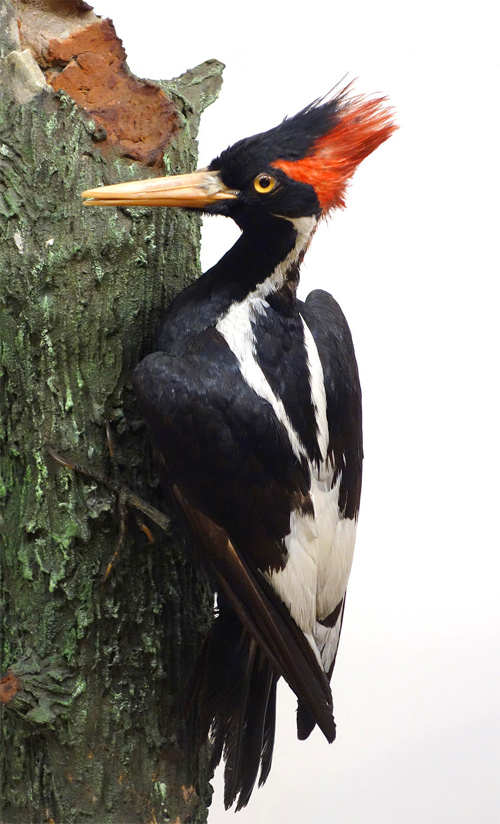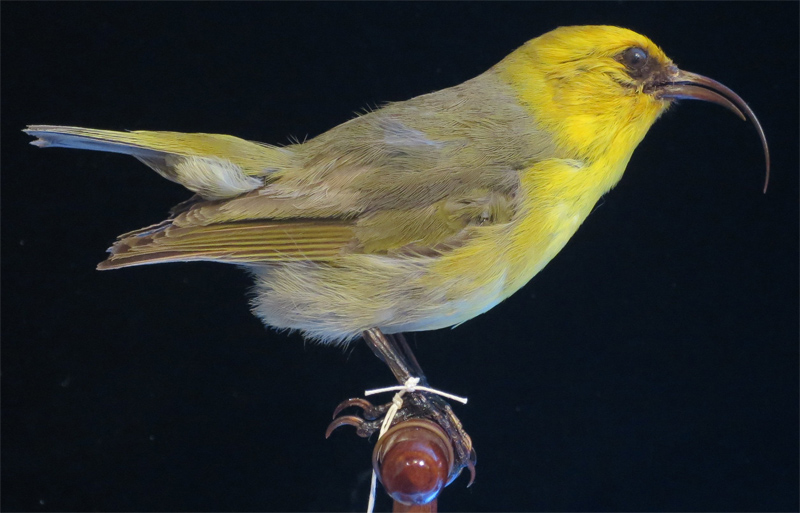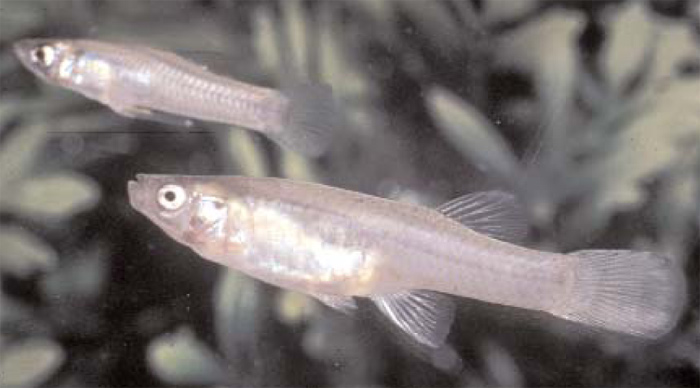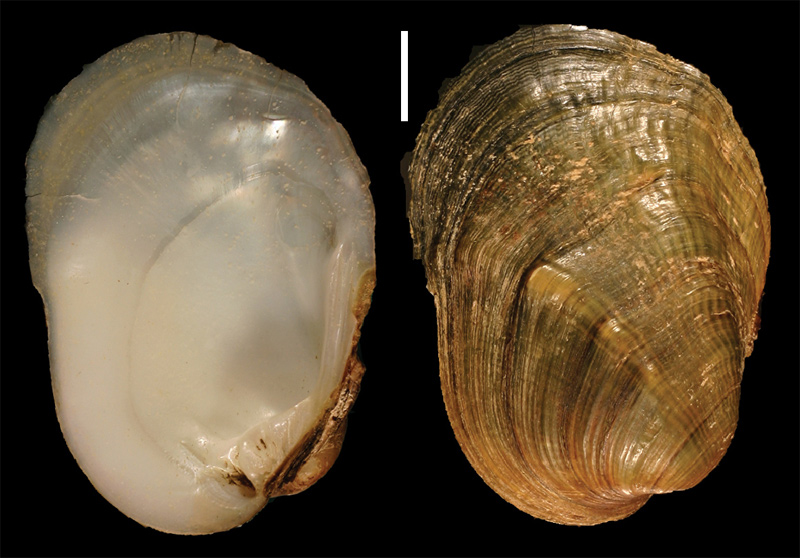
4th October 2021 23 species declared extinct in the U.S. The U.S. Fish and Wildlife Service (USFWS) has declared 23 species extinct, due to a combination of development, invasive species, logging and pollution. The agency is recommending that the species be removed from the Endangered Species Act (ESA), the primary law in the United States for protecting and recovering imperilled organisms and the ecosystems they depend on. For the animals proposed for delisting, the protections of the ESA came too late. These extinctions highlight the importance of the ESA and efforts to conserve species before declines become irreversible. The circumstances of each also underscore how human activity can drive population decline and ultimately extinction, by contributing to habitat loss, overuse and the introduction of invasive species and diseases. The growing impacts of climate change are anticipated to further exacerbate these threats and their interactions. The species being delisted in this latest update from the USFWS include the ivory-billed woodpecker (pictured below), Bachman's warbler, two species of freshwater fishes, eight species of Southeastern freshwater mussels, and eleven species from Hawaii and the Pacific Islands.
Once America's largest woodpecker, the ivory-billed woodpecker (Campephilus principalis) had a length of up to 53 cm (21 in), and wingspan of 80 cm (31 in), with a striking red crest. Its range encompassed much of the southern and eastern coastal region from Texas down to Florida and up to North Carolina. The USFWS listed the bird as endangered in 1967, and the International Union for Conservation of Nature (IUCN) later assessed it as critically endangered. Primary threats leading to its decline have been cited as hunting and the loss of forest habitat. The last universally accepted observation occurred in 1987. Although claims for its persistence have emerged since 2004, none have been scientifically verified, despite extensive survey efforts throughout the southeastern U.S. and Cuba. Another species proposed for delisting is Maui nukupu'u (Hemignathus affinis), pictured below. This small, five-inch-long bird lived on the island of Maui in the Hawaiian Islands, where it depended on high-elevation mesic and wet forests, using its long bill to peck for insects in tree bark. Although common until 1900 or so, Maui nukupu'u declined rapidly in the first half of the 20th century and edged toward extinction in the 1960s. It staged a comeback in the 1980s, with nearly 30 confirmed sightings. However, this proved to be a short-lived recovery, with the final observation reported in 1996. Reasons for the bird's extinction are given as habitat degradation by introduced ungulates, as well as avian malaria carried by introduced mosquitoes.
The complete list of species proposed for removal from the Endangered Species Act is given at the end of this blog. The public has 60 days to comment on the extinction declarations before they are made official. To slow the ongoing loss of animal and plant life in the United States, President Biden signed an executive order in January 2021, stating his administration's goal to conserve 30% of U.S. lands and water by 2030. This bold, science-based initiative – America the Beautiful – is the first ever nationwide conservation effort to address both climate change and biodiversity loss. Locally led and voluntary, America the Beautiful will attempt to conserve, connect, and restore important wildlife habitats to keep species from reaching the point where they are in danger of extinction or are too far gone to save. "With climate change and natural area loss pushing more and more species to the brink, now is the time to lift up proactive, collaborative, and innovative efforts to save America's wildlife," said Deb Haaland, Secretary of the Interior. "The Endangered Species Act has been incredibly effective at preventing species from going extinct and has also inspired action to conserve at-risk species and their habitat before they need to be listed as endangered or threatened. We will continue to ensure that states, Tribes, private landowners and federal agencies have the tools they need to conserve America's biodiversity and natural heritage."
Species proposed for delisting due to extinction Bachman's warbler
Comments »
If you enjoyed this article, please consider sharing it:
|










